Fraud Prevention Month
Take a pause.
Avoid scams.

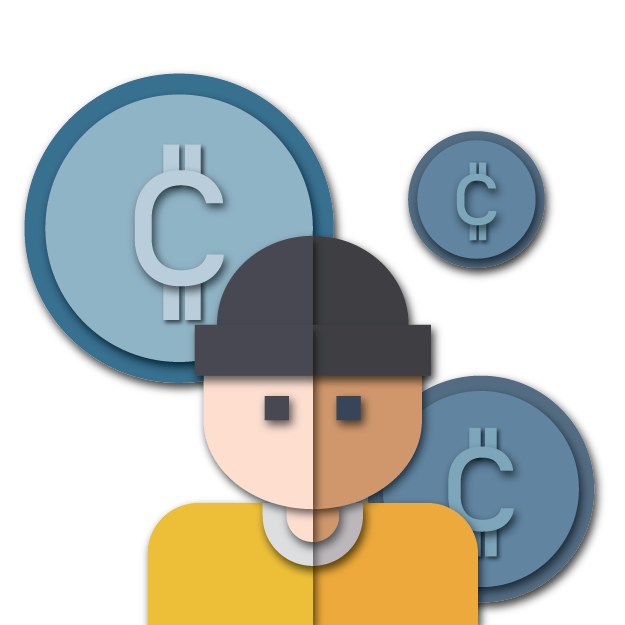

Every day in Canada people have money taken by scammers.
Have you been defrauded? You’re not alone
![]() $638 Millionlost to fraud in 2024
$638 Millionlost to fraud in 2024
![]() Investment Fraud #1 type of fraud based on dollar loss
Investment Fraud #1 type of fraud based on dollar loss
90-95%of fraud goes unreported
If you think you may be the victim of investment fraud, you can contact the OSC:
Phone: 1-877-785-1555
Email:
inquiries@osc.gov.on.ca
Warning signs of fraud include:
![]() You are promised high returns with little or no risk
You are promised high returns with little or no risk
![]() You get a hot tip or insider information
You get a hot tip or insider information
![]() You feel pressured to buy
You feel pressured to buy
![]() They’re not registered to sell investments
They’re not registered to sell investments
Helpful resources

Eight common investment scams

How a fraudster might approach you
There are many ways someone may try to separate you from your money. Learn more about the ways a fraudster could contact you and tips to protect yourself.

Investor warnings and alerts
The OSC continuously issues investor alerts and warnings about possible harmful or illegal activity in progress. The OSC also maintains a list of companies or individuals performing activities that may pose a risk to investors.

Investing Academy – Managing Your Money 101
Sign up for Managing Your Money 101 — a free course to help you learn how to stay safe from fraud and manage your money. You’ll also gain knowledge about investing and learn how you can put it into action.

Check before you invest
Thinking of investing your money? It’s important to always check the registration of any person or business trying to sell you an investment or give you financial advice. Checking registration is a quick and easy step that can help you protect your money and avoid fraudulent people or companies.
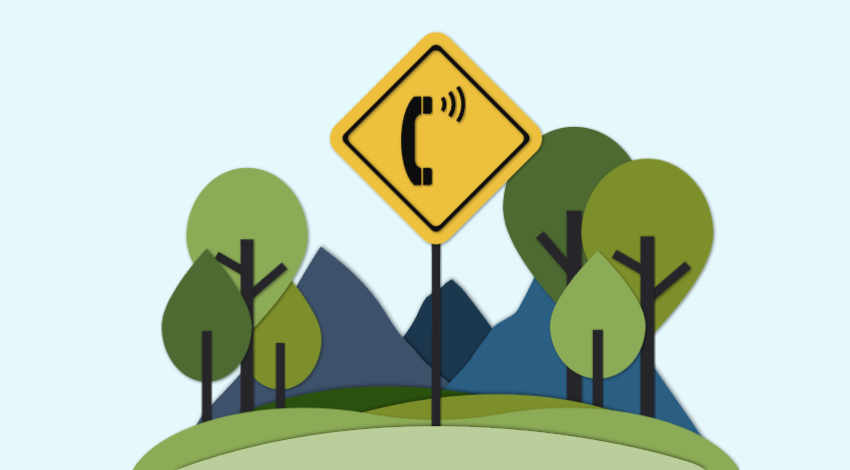
How to report fraud
Financial fraud can be stressful and time-consuming experience. It can affect you both financially and emotionally. If you are defrauded, or suspect that you may have been defrauded, take these steps right away.
Spot the signs of investment fraud


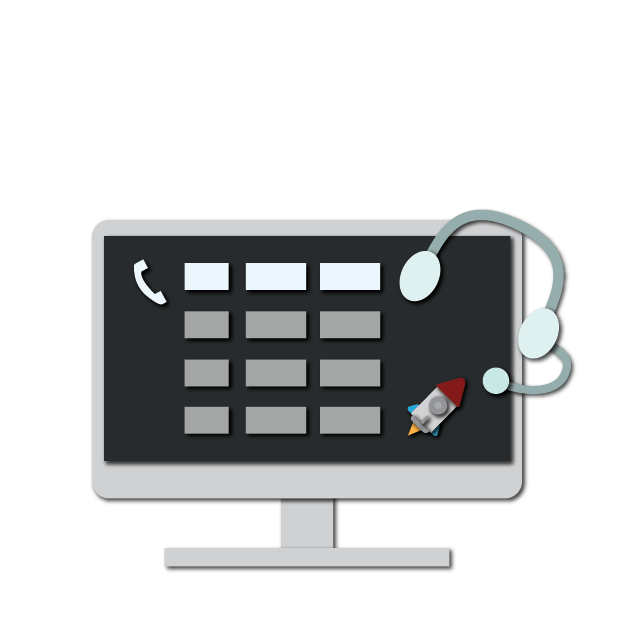
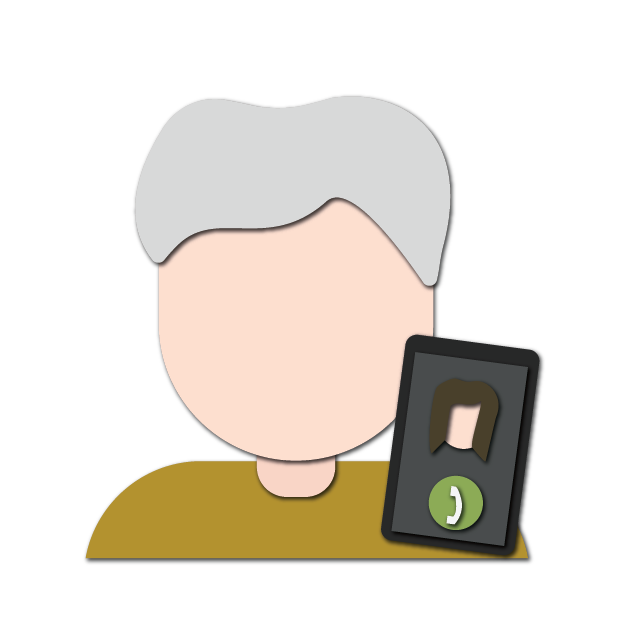
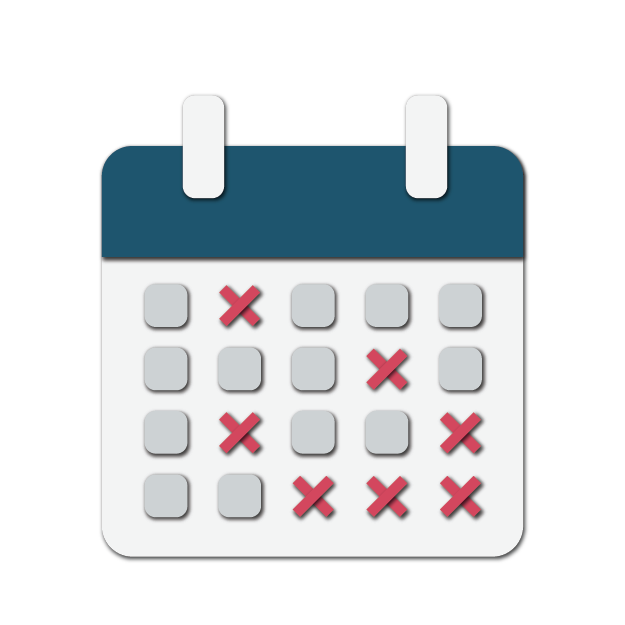
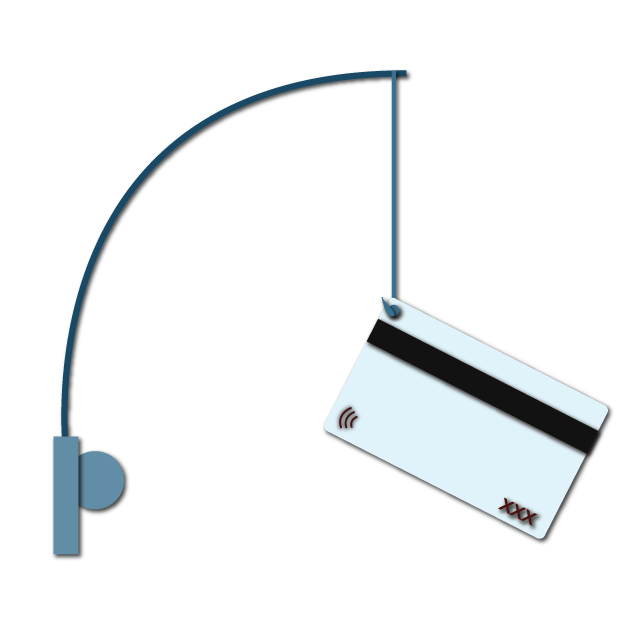
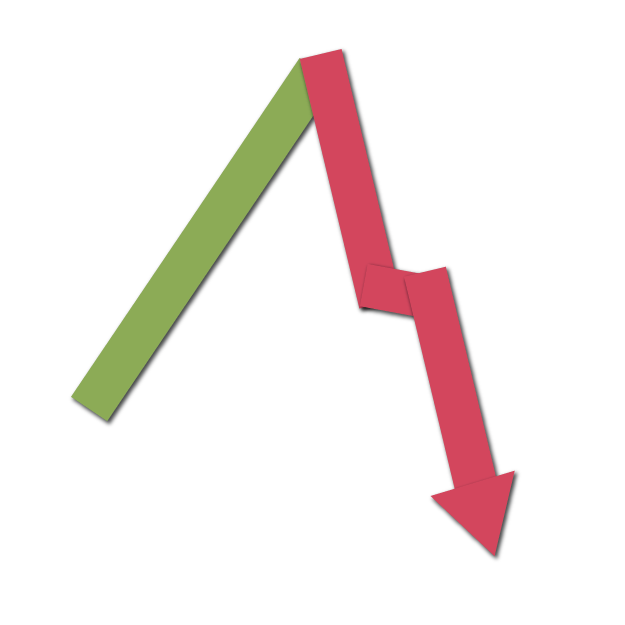

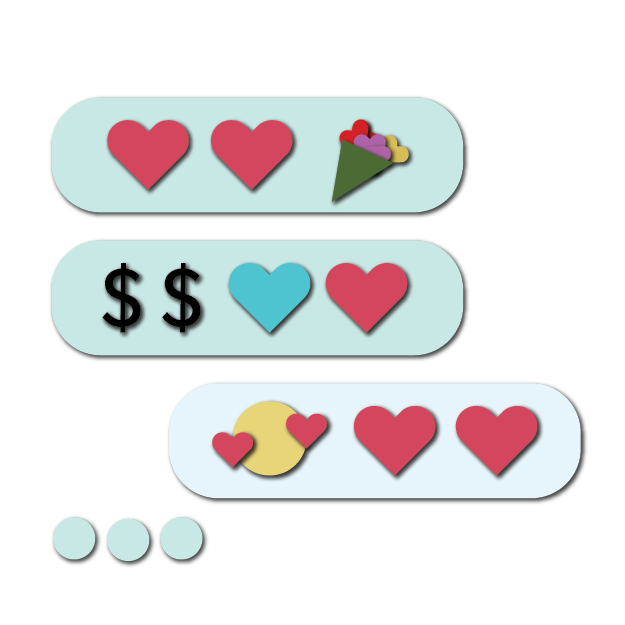
How scam smart are you?

Try our Scam Spotter to keep your money safe


How fraudsters take advantage of behavioural biases
Fraudsters take advantage of blind spots in our decision making known as behavioural biases. They exploit these biases in order to manipulate you and take your money. Learn how to identify your biases and protect yourself.

How a fraudster might
approach you
There are many ways someone may try to separate you from your money. Learn more about the ways a fraudster may contact you and tips to protect yourself.
There has been a significant rise in investor complaints about crypto-related scams.
Since 2020, the OSC Contact Centre had a 270% increase in crypto-related complaints.
There are several crypto trading platforms that have taken steps to be registered in Canada. These platforms are subject to regulatory oversight that helps protect investors. The list includes firms that have entered into a pre-registration undertaking; these firms have specific terms and conditions which should be reviewed before you consider opening an account. You can check to see if a crypto asset platform is registered in Ontario. If you are considering investing in crypto assets, always work with a registered crypto asset trading platform or one that has entered into a pre-registration undertaking.
8 red flags of investment-related crypto fraud
1
Fake websites: Fraudulent crypto trading platforms can look very similar to legitimate sites, making it difficult for you to tell the difference. These website’s polished look may lure you into sharing personal information, financial information, and crypto wallet passwords that end up in the scammer’s hands. Often these websites use a lot of jargon and have no contact details.
2
Celebrity faces: Just because you see a celebrity’s photo on promotional materials, it does not mean the famous face is knowledgeable or actually endorses the company.
3
Unsolicited phone calls and emails: You keep getting multiple calls trying to get your personal information such as your crypto wallet details, banking information or to get you to send money.
4
No trading experience needed: You’re told not to worry about a lack of trading knowledge. They tell you it’s all done automatically for you, so you don’t need to know anything.
5
Asking for access to your computer: You’re told to download an app on your computer (such as AnyDesk, Teamviewer) that actually gives the fraudsters access to your computer (often called a “Trojan horse” tactic).
6
Too good to be true: You’re offered an unbelievably low price that’s below market value. And you may be guaranteed unrealistically high returns, such as 300% growth.
7
Paying more to get less: You’re told you must provide more money before you can make any withdrawals.
8
Disappearing act: You can’t reach anyone when you make a request to withdraw money.
Crypto fraud tales

John
It began with an online ad. John thought he was investing $16,000 in Bitcoin. The senior citizen provided information that was used to create an online bank profile. The fraudsters withdrew money from his bank account. Fortunately, his daughter intervened — but not before he lost a lot of money.

Janelle
A simple click on a Facebook link and a phone number request. Janelle provided her number and was called by someone promising she could double her money in a crypto investment. She sent money but couldn’t reach the person she talked to when she tried to withdraw it. She lost $1.4 million. The money had been set aside for treatment for her terminal illness and for her to leave to her children.
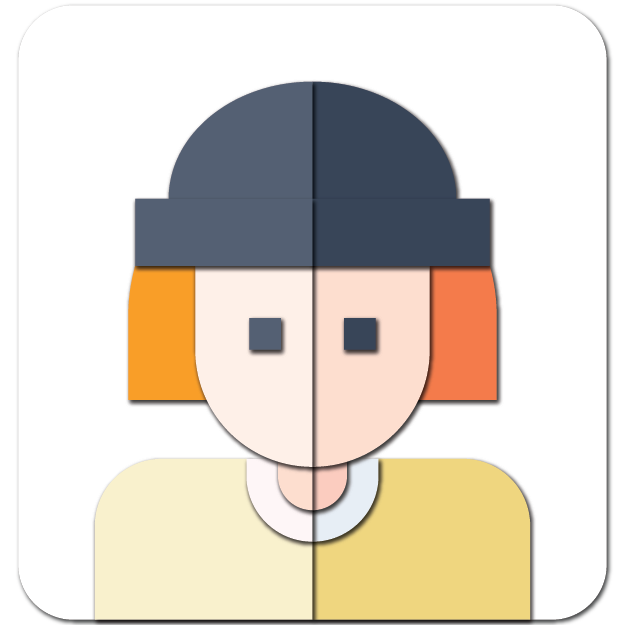
Tannis
Tannis saw an online crypto currency ad with a picture of someone famous. Intrigued, she clicked the link, provided her contact information and invested. When she tried to withdraw her funds, they told her to pay more money for “taxes and margin issues.” She paid but then was unable to reach anyone or access her account.

Warren
Warren is a dentist who was intrigued by online ads offering fantastic profits in crypto. He clicked on one ad and invested a small amount. He was impressed by how much his offshore online account was making. Being careful, he successfully withdrew $500. Warren then invested $25,000, confident his investment was safe. Later he tried to withdraw $3,000, and he was told to pay $1,500 to cover fees. After paying, the company stopped responding to his emails and Warren never recovered any of his money.
Helpful resources

Investor warnings and alerts
The OSC continuously issues investor alerts and warnings about possible harmful or illegal activity in progress. The OSC also maintains a list of companies or individuals performing activities that may pose a risk to investors.

Investing Academy – Managing Your Money 101
Sign up for Managing Your Money 101 — a free course to help you learn how to stay safe from fraud and manage your money.

Crypto Quiz
Are you considering investing in crypto assets, but aren’t sure whether it’s right for you, legal or just a scam? Test your crypto knowledge and learn how to spot the warning signs of fraud.

Get Smarter About Crypto
I’m the Crypto Chameleon.
I’ll be your guide through the ever-changing world of crypto, to make things a little less…cryptic!
We’re proud to work with our partners across Canada to help prevent financial fraud

Akwesasne Mohawk Police Service
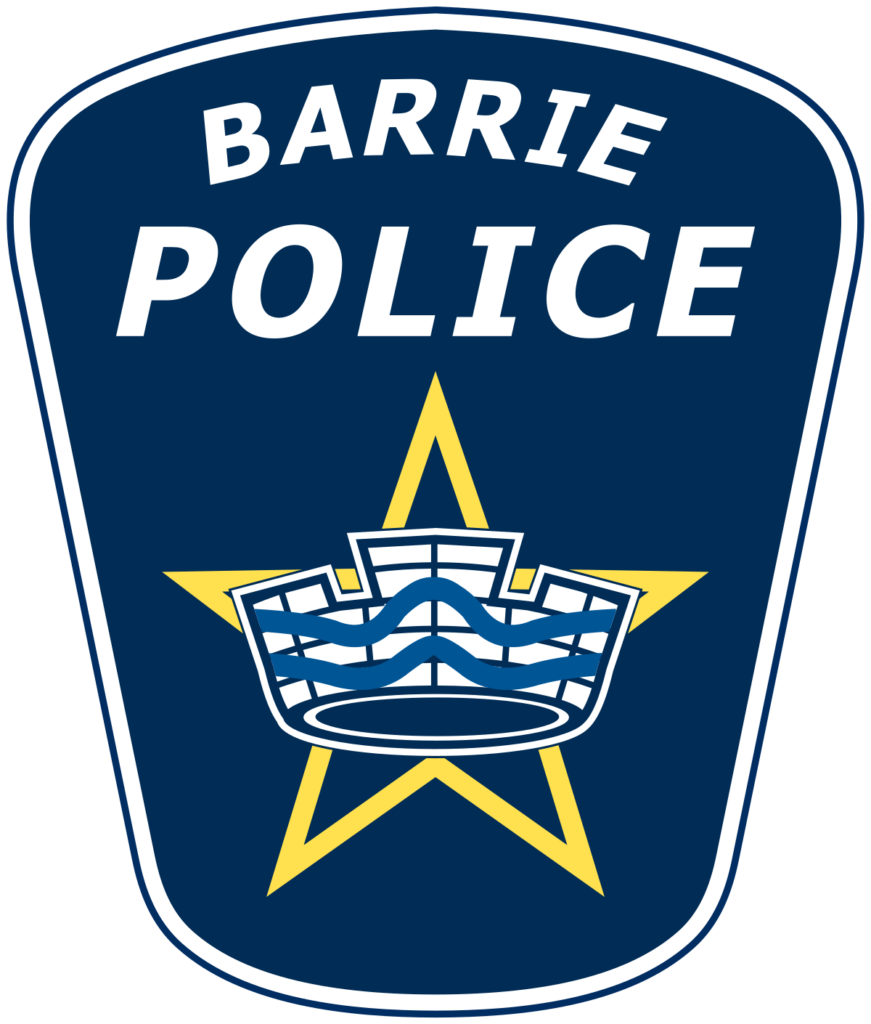
Barrie Police Service
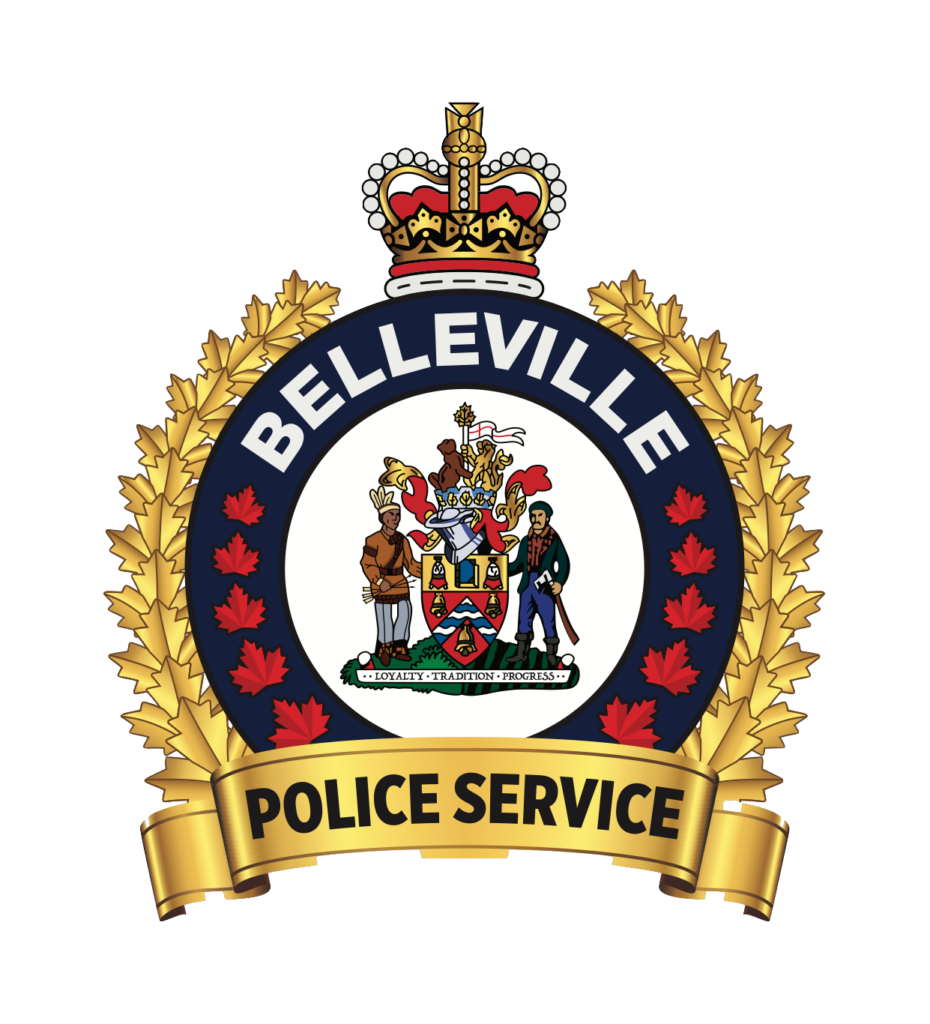
Belleville Police Service

Brockville Police Service
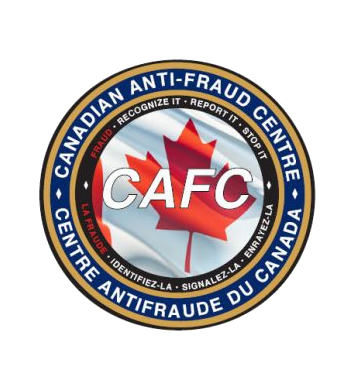


Durham Regional Police
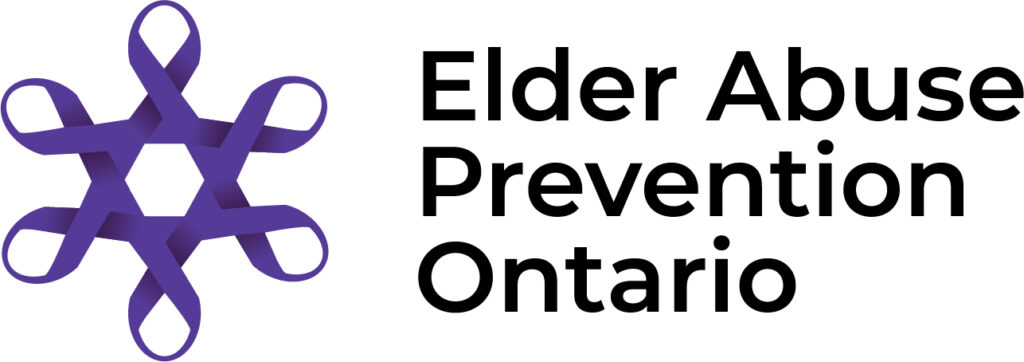

(Collaborator)
Financial Consumer Agency of Canada

Greater Sudbury Police Service

Guelph Police Services

Halton Regional Police

Hamilton Police Service

Kingston Police

Ontario Provincial Police

Owen Sound Police Service

Port Hope Police Service


Royal Canadian Mounted Police
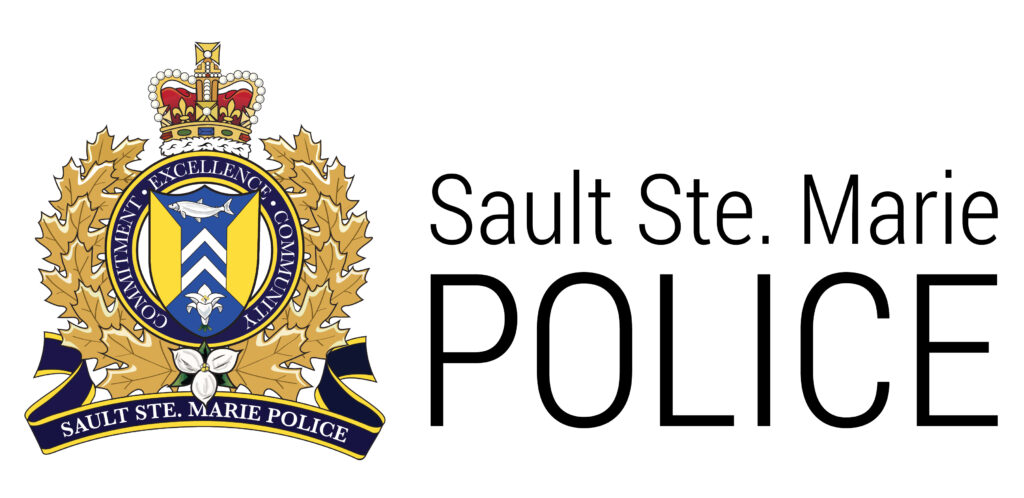
Sault Ste. Marie Police

Toronto Police Service
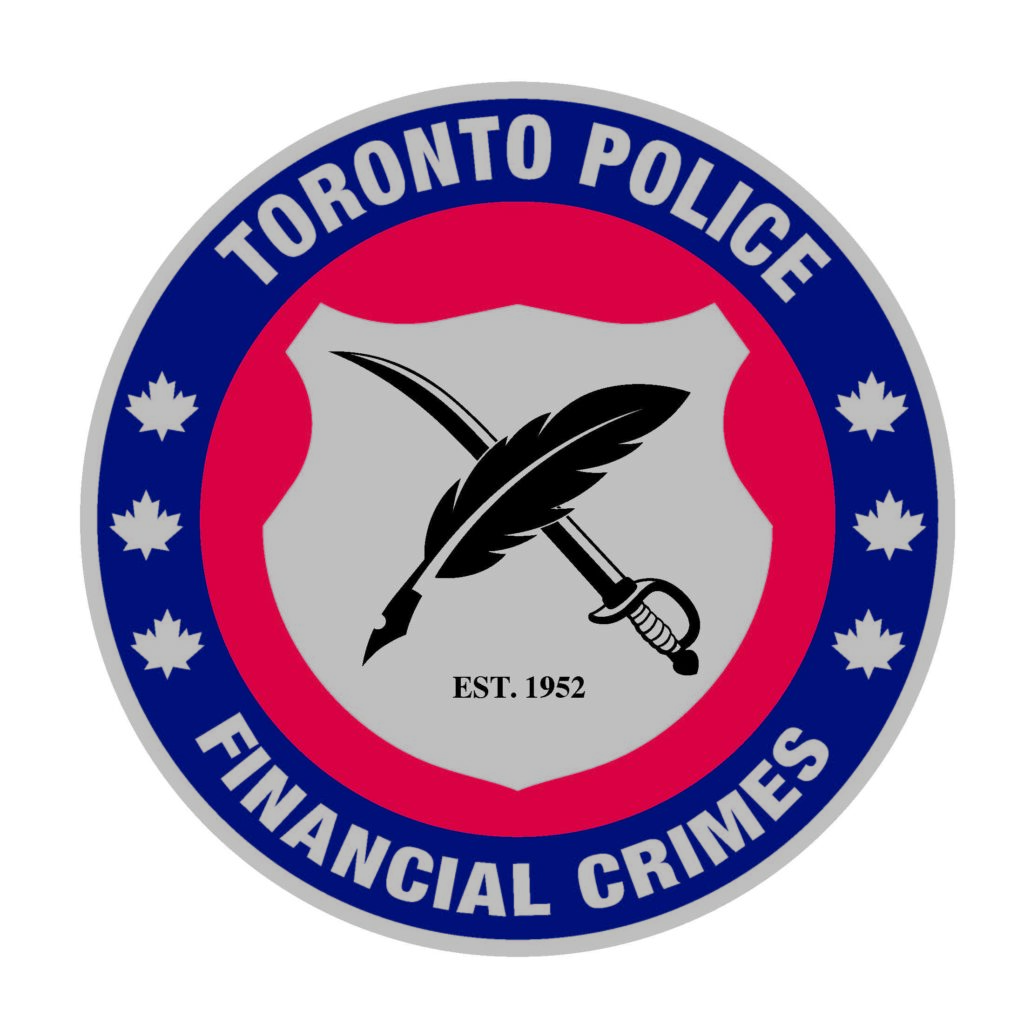
Toronto Police Financial Crimes

Waterloo Regional Police

West Grey Police Service

Windsor Police Service

York Regional Police